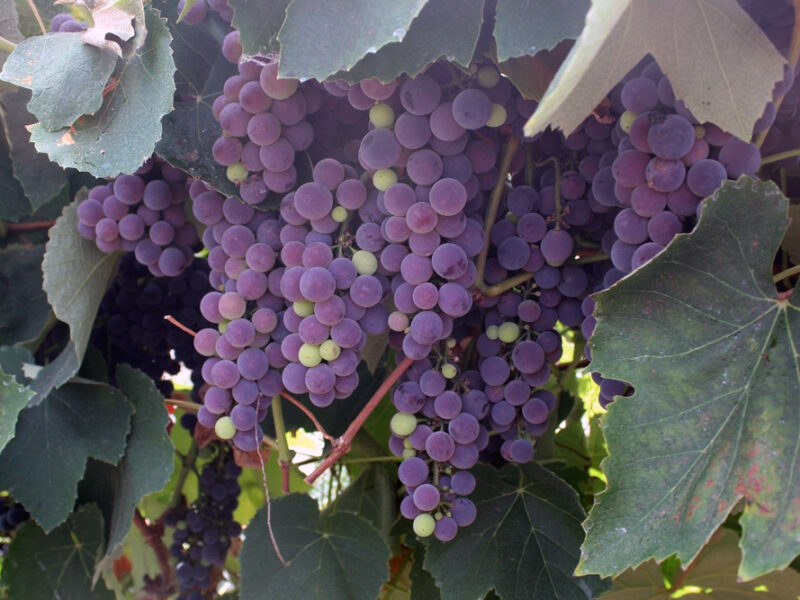Global warming is going to pose a large number of problems for the rain sensitive deciduous fruit industry if the prediction of extreme weather conditions eventuates. Most rain sensitive deciduous fruits (eg sweet-cherry, peach, nectarine and apricot) are grown in climates where summer rainfall is low in order to reduce the risk of fruit splitting (cherries) or of brown rot (apricots, peaches and nectarines), but global warming is considered to have a major influence on future weather patterns. Expect the unexpected!!

High tunnels (eg Haygrove or similar) can ensure that summer rainfall can not fall onto ripening fruit, and also provide a solid structure to allow a bird-proof net to be prevent fruit damage, and still allow good ventilation. Of course it is not quite as simple as that, in fact cherries make a large forest tree on their own roots, and even when grafted onto a “colt” rootstock (the standard for many outdoor plantings) are really too large for a 3-4 m tall tunnel house. There are, however some dwarfing rootstocks, (eg Gisela) which will keep the tree size down, and a modified training system will allow most operations (including fruit harvesting) to be undertaken without the use of a ladder. Note: harvesting fruit from the ground is about 1/3 the cost of harvesting from a ladder.
The next challenge is the training system. The most recent system is the UFO (Upright Fruiting Offshoot) system, in which the rows are spaced reasonably close together (say 3 m apart), and the trees in the row further apart (say 5-6 m). Each tree is allowed to produce 2 main branches nearly parallel to, and about 30 cm above the ground (like an espalier trained tree) along the row until they meet the similar branch from the next tree. This is the basic scaffold for the tree. Upright shoots then grow for this basic scaffold, and are the fruit production branches. It may be necessary to incorporate into the system some parallel wires on which to attach the vertical fruiting shoots. For peaches and nectarines (which fruit on 1 year old wood) the se shoots are retained for only 2 or 3 years, and then replaced with newer wood, but for cherries and apricots the shoots may be retained for 3-4 years. As the best fruit is obtained from young wood, the objective is a continual replacement of the fruiting wood. One potential advantages of a fairly flat fruiting surface is that this is likely to provide a more efficient system for robotic harvesting. Robots are likely to play an increasing role in fruit growing in the future, and the UFO system should also enables robots to undertake pruning, and even fruit thinning (if necessary).

Currently most deciduous fruit trees are grown in soil, but it is only a question of time before hydroponics becomes the norm, with it’s optimizing of water and nutrients, and coir is almost certainly going to be the medium of choice. This is because coir offers superior aeration and moisture holding characteristics to other hydroponic media, and in addition is a renewable resource , and valuable material for soil improvement after it has been used for hydroponics.
–Mike Nichols



